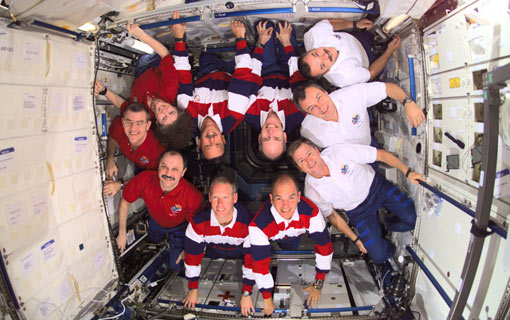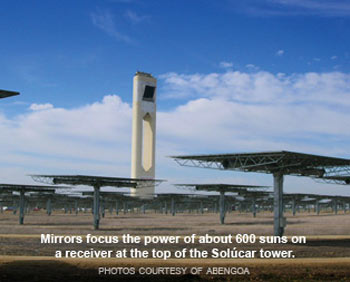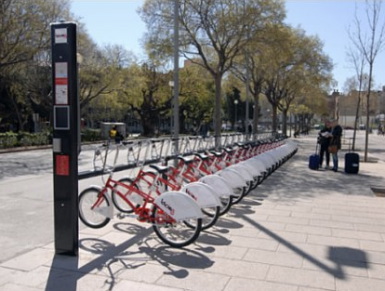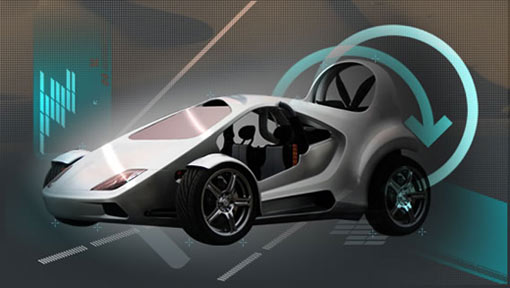You are heretechnology
technology
Zarya, 1st launched module of International Space Station (ISS), lifted into orbit 10 years ago on 20Nov1998
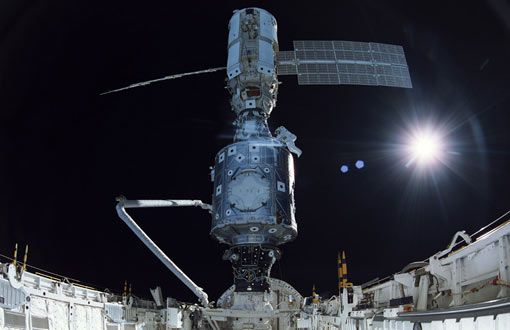
(quote)
Last month marks the 10th anniversary of the first launched module of the International Space Station (ISS). The module Zarya was lifted into orbit on November 20th, 1998 by a Russian Proton rocket lifting off from Baikonur, Kazhakstan. In the decade since, 44 manned flights and 34 unmanned flights have carried further modules, solar arrays, support equipment, supplies and a total of 167 human beings from 15 countries to the ISS, and it still has a ways to go until it is done. Originally planned to be complete in 2003, the target date for completion is now 2011. Aside from time spent on construction, ISS crew members work on a good deal of research involving biology and physics in conditions of microgravity. If humans are ever to leave the Earth for extended periods, the ISS is designed to be the place where we will discover the best materials, procedures and safety measures to make it a reality.
Modec electric vans in UK: FedEx Express' fleet of >170 hybrid electric vehicles - zero tailpipe emission
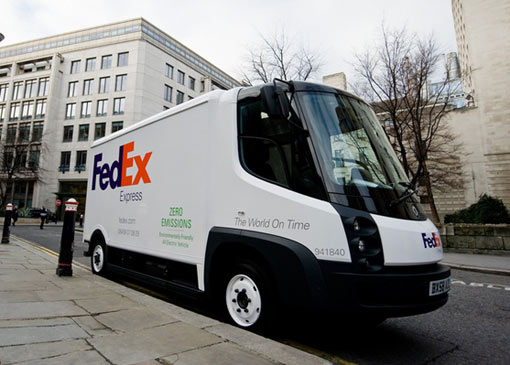
(quote)
12 December 2008
FedEx Express has ordered 10 Modec electric commercial vehicles for use in the United Kingdom. The zero tailpipe emission vehicles will be the first such to join the FedEx fleet in the UK and will operate in the greater London metropolitan area. The vehicles feature a large, removable battery pack and can travel up to 70 miles on one overnight charge.
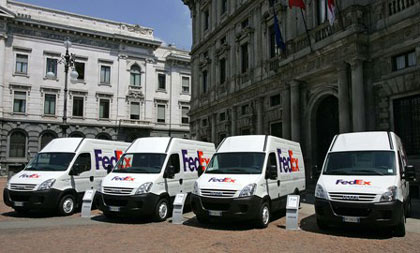
The new vehicles are part of a growing fleet of more than 170 hybrid electric vehicles in the FedEx fleet worldwide - the largest hybrid fleet in the transportation industry—and support the company’s commitment to improve the fuel efficiency of its vehicle fleet by 20% by 2020. FedEx has also committed to reducing carbon dioxide emissions from its aircraft fleet by 20% per available ton mile by 2020.
Photos courtesy of greencarcongress.com and roadtransport.com
Original Source: Green Car Congress
Related Articles: FedEx Hybrid-Electric Fleet Passes Two Million Miles and FedEx Express and Iveco in joint diesel-electric hybrid Daily van trials. There's 'Green' says Biglorryblog
Where top talents go, so does Nobel Prize. Japan shares chemistry prize, splits physics award with American scientists

(quote)
The Nobel Prize (Swedish: Nobelpriset) is a Swedish prize, established in the 1895 will of Swedish chemist Alfred Nobel; in his will, he used his enormous fortune to institute the Nobel Prizes. The synthetic element nobelium was named after him. It was first awarded in Peace, Literature, Chemistry, Physiology or Medicine, and Physics in 1901. An associated prize, The Sveriges Riksbank Prize in Economic Sciences in Memory of Alfred Nobel, was instituted by Sweden's central bank in 1968 and first awarded in 1969.
Bread-loaf-sized satellite Firefly on lightning & gamma rays (photon of penetrating electromagnetic radiation fr atomic nucleus)

(quote)
Firefly is a new mission to study lightning and gamma rays with CubeSats, small satellites in the shape of a cube.
Firefly, it's called, this new small satellite mission sponsored by the National Science Foundation (NSF). It's designed to help solve the mystery of the most powerful natural particle accelerator in Earth's atmosphere: TGFs, or terrestrial gamma-ray flashes. TGFs likely result from thunderstorms.
The mission is the second project under the new NSF CubeSat program. A CubeSat satellite, about the size of a loaf of bread, consists of three cubes attached end to end in a rectangular shape.
(unquote)
Photo courtesy of NASA/GSFC
Original Source: National Science Foundation
Solar Energy: Spain 4th in world, 2nd in Europe behind Germany; number of solar companies leapt from couple dozen to few hundred
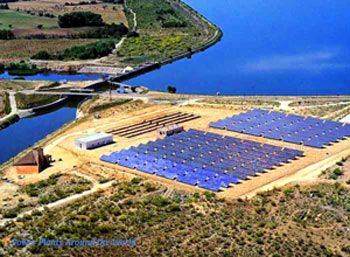
(quote)
As researchers continue to explore new ways to promote and improve solar power, Spain forges ahead with plans to build concentrating solar power plants, establishing the country and Spanish companies as world leaders in the emerging field. At the same time, the number of installed photovoltaic systems is growing exponentially, and researchers continue to explore new ways to promote and improve solar power. This is the seventh in an eight-part series highlighting new technologies in Spain and is produced by Technology Review, Inc.’s custom-publishing division in partnership with the Trade Commission of Spain.
Europe loves bikes. Assembly lines of biggest facility in Europe have average output of 3000 bikes per day, 1 million in 2009
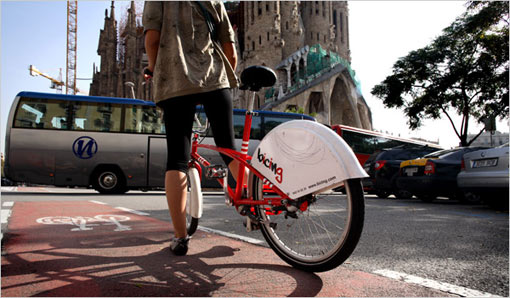
(quote)
SERZEDO, Portugal – Recently the biggest bike facility in Europe started its production. That facility is located in Portugal; is operated by a company called RTE and is to produce one million bikes in 2009.
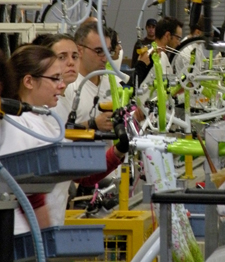
RTE’s assembly lines have an average output of 3000 bikes per day, depending on the season and the model. When a new collection is being launched or there is an urgent need for big quantities, RTE can produce 3400 units per day. Otherwise the assembly line only needs to work one 8-hour shift per day. Normally, the total daily production is shipped on the same day to a Decathlon centre of distribution.
In addition to Paris' Velib bike rental program, Barcelona, Seville and Stockholm all have bike rentals available.
World's first biofuel-powered flying car - Parajet Skycar drives like a car and flies like a plane
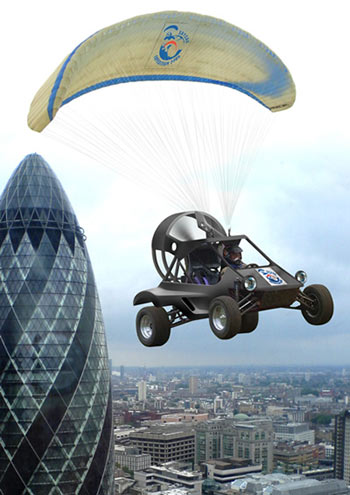
(quote)
To Timbuktu by flying car: it sounds the most unlikely journey on earth; a sci-fi voyage from the pages of Jules Verne. But this is no fantasy. The car really flies. And the journey will become reality early in the new year when two explorers set off from London in a propeller-powered dune buggy heading for the Sahara.
The seed of this improbable adventure was sown four years ago when Gilo Cardozo, a paramotor manufacturer, had a eureka moment. For those not familiar with paramotors, picture a parachutist with a giant industrial fan strapped to his back, which provides forward motion and boosts lift for the parachute - or wing - during takeoff. Cardozo’s brainwave was to attach a car to the fan. “I started making a paramotor on wheels that you sit on and take off and it suddenly occurred to me, ‘Why not just have a car that does everything?’” recalls Cardozo, whose Wiltshire-based company Parajet built the paramotor that the adventurer Bear Grylls used to fly near Everest last year.

